Reimagined Red Riding Hood turns toy-car racer as Hong Kong puts family shows on starting grid
- ‘Red Racing Hood’, performed by Australia’s Terrapin Puppet Theatre, forms part of city’s four-month-long ‘Cheers!’ Series of children’s entertainments
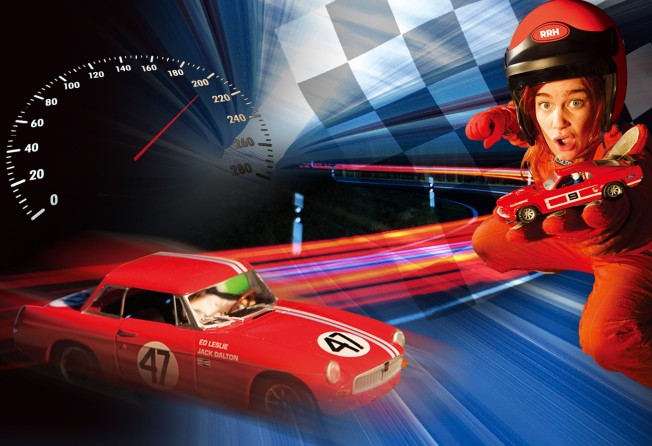
As every parent knows, telling stories can be a good way to entertain children while helping them to learn about the world around them.
Watching stories brought to life on the stage of a theatre can be even more amusing.
Just as in books or on television, stories portrayed on the stage often include characters, places and themes quite far removed from what children might experience in daily life.
Yet as long as the stories being told are designed for a young audience, they can be a good opportunity for fostering open-mindedness, child psychologist Lora Lee says.
“Theatre and shows can be a fun way for children to explore different cultures in an engaging way that’s easy on children’s attention’s spans,” Lee says
“If they’re done with children as the audience in mind, shows can help children make a connection to another culture.”
A good children’s story is one that they can visualise – and picture themselves within, Lee says.
The more they can see the world created within the story in their own minds, the more they can relate to it.
Youngsters also need to be able to associate with the central concepts and abstract ideas behind the story.

“Not many of us have been to a remote forest in Germany, or can relate to a cannibalistic witch, but most of us know the story Hansel and Gretel, which has been translated into many different languages and comes in many forms,” Lee says.
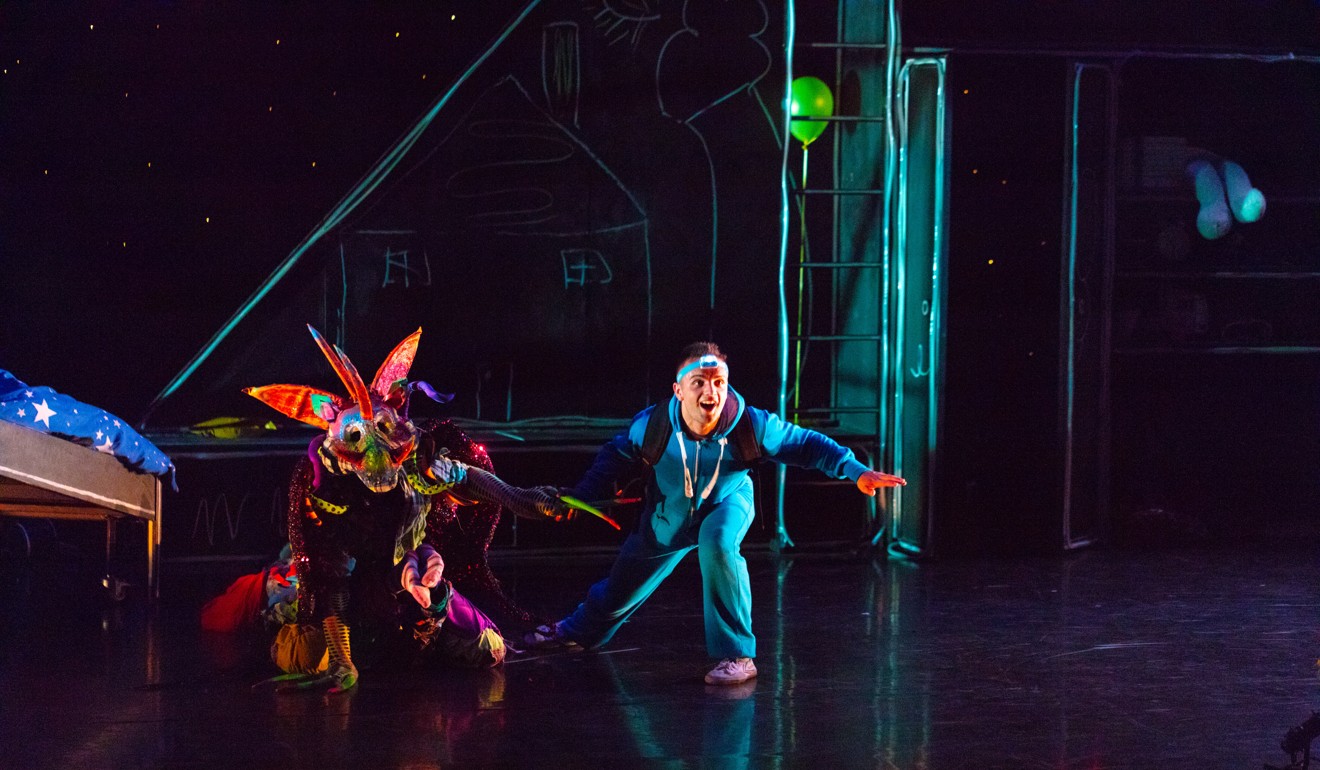
“On the other hand, I have seen both local and expat children in Hong Kong leave [during] a show such as A Midsummer Night’s Dream as it was not adapted for children.
A good story, when told in a child-friendly way, can transcend cultural differences.”
Six shows are coming to Hong Kong over the next few months as part of the Leisure and Cultural Services Department’s annual ‘Cheers!’ Series, which provides a variety of family entertainment, including music, theatre and dance.
These six productions will offer an opportunity for children to explore other cultures.
Red Racing Hood, performed on December 7, 8 and 9, is by Australian company Terrapin Puppet Theatre; What the Moon Saw (December 14, 15 and 16) is being performed by UK-based 2Faced Dance Company; while Me and the Flea (December 23, 25 and 26) is being performed by Dutch group, Lichtbende.

Then there is Sleepy Little Pillow (December 28, 29 and 30 and January 1) by the Romanian Ion Creanga Theatre, and Loo (January 4, 5 and 6), by Ponten Pie, a Spanish theatre group. Finally, Strange Feathers (February 15, 16 and 17) will be performed by Irish dancers, Fidget Feet Aerial Dance Theatre.
Some of the shows should be easy for Hong Kong children to relate to.
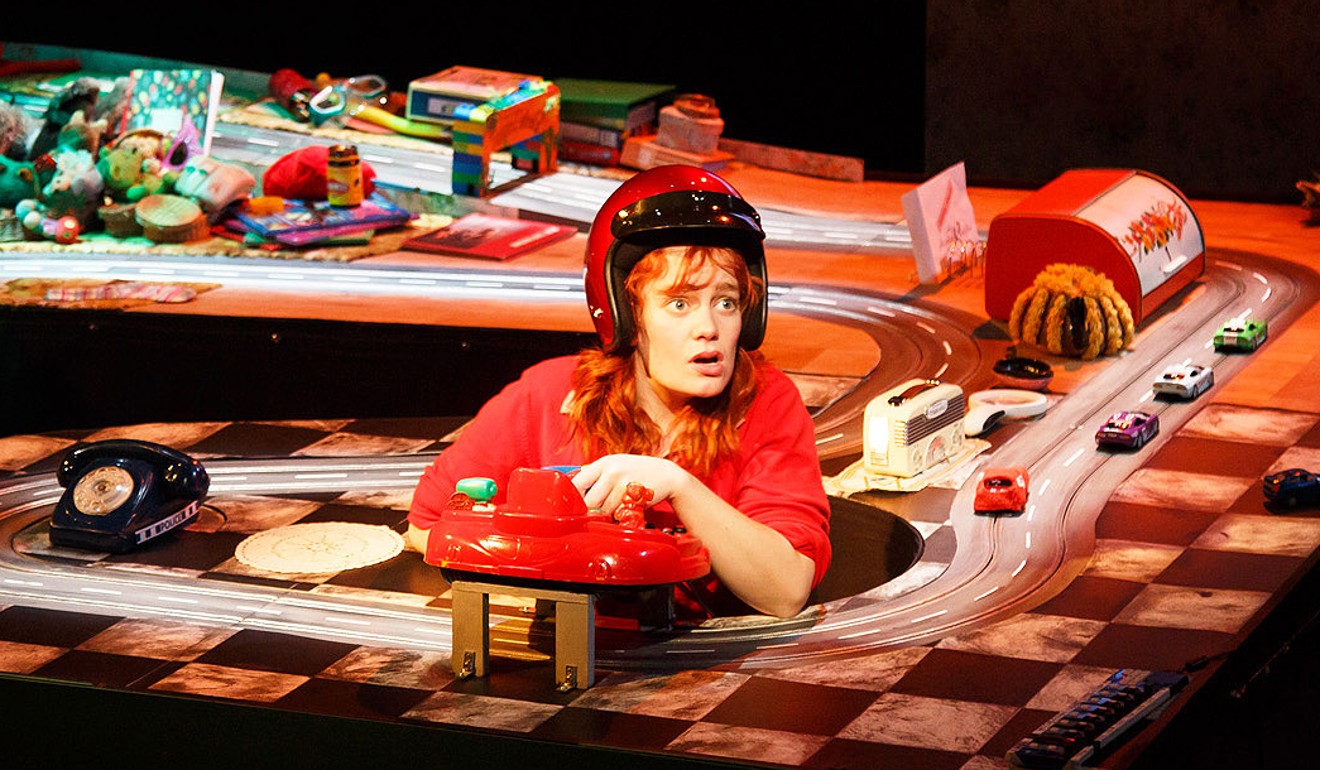
“Red Racing Hood could be seen as a reimagined mix of Little Red Riding Hood and the cartoon Cars, which many local and expat children are familiar with,” Lee says.
“So it would be easy for them to identify with this show”
In this Terrapin Puppet Theatre production, slot cars feature prominently.

She says local children should also find it easy to relate to the fantasy of adopting a street dog, – the main plotline in Me and the Flea – a lively, lighthearted shadow puppet and light show performed to live music.
Not many of us have been to a remote forest in Germany, or can relate to a cannibalistic witch, but most of us know the story ‘Hansel and Gretel’
Children who do not want to go to bed is another universal theme, one which underpins the story behind the performance for ages one and over, Sleepy Little Pillow.
In the creative performance, actors play the roles of two unsleeping children who transform their bedroom into the icy cold cabin of a submarine, the world at the bottom of the sea, and a hot-air balloon.
However, Lee says that some Hong Kong children might find it harder, compared with children in Europe, to relate to the moon as a friendly face, as in What the Moon Saw.
Yet this is just one of many themes in this dance and circus performance, inspired by the tales of Danish author Hans Christian Andersen, which includes plenty of acrobatics, colourful costumes and lively music.
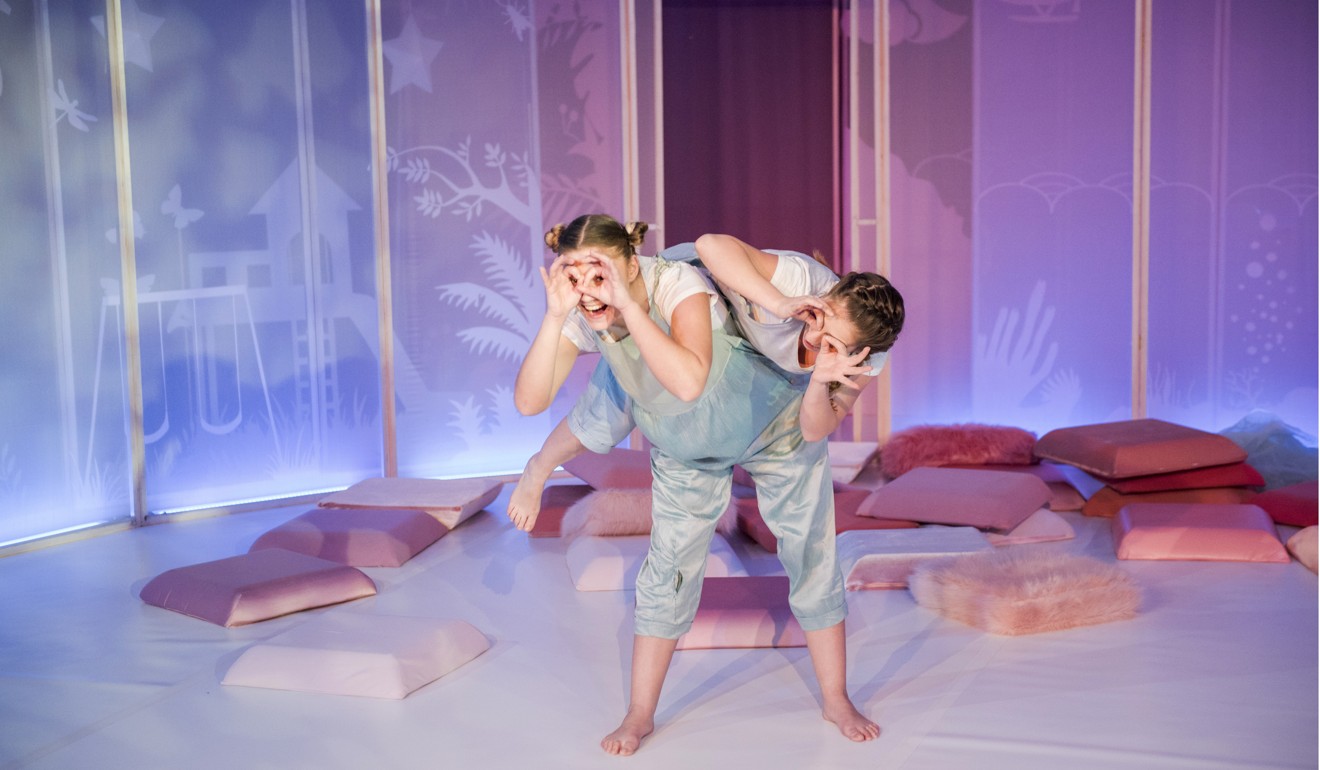
Children, especially younger children, often benefit from help in making connections to stories.
Strange Feathers, an aerial circus performance about two baby birds learning to fly, has a mask-making exercise for the audiences before the show, which should enable children to feel more connected to the actors and the story on stage.
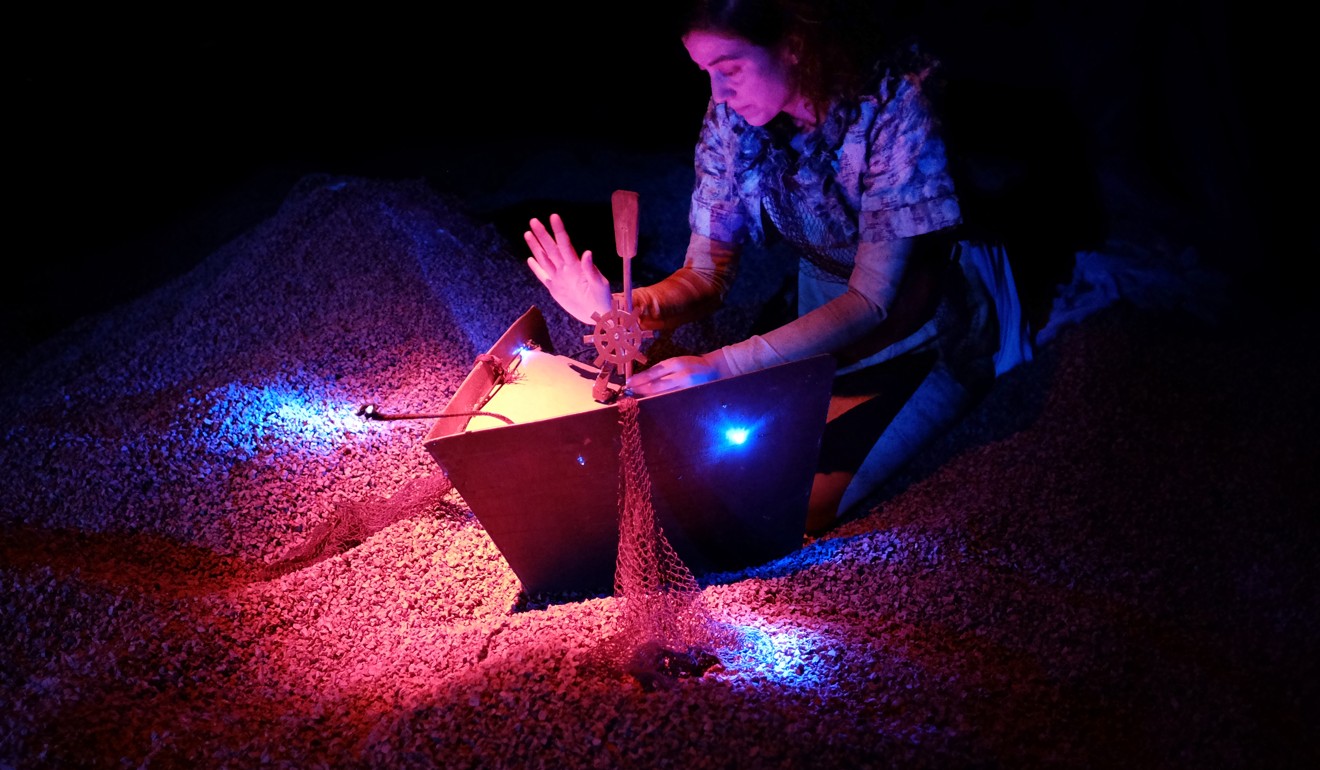
In Loo, named after the hot, dry wind from Pakistan and India that comes alive in summer afternoons – moving the desert sand dunes, drying up wetlands, seas and oceans, leaving ships paralysed in the sand – the audience is seated in a big boat along with the performers, helping children to feel part of the world envisaged by the performance.
The show includes music and stunning visual effects to create a unique sensorial experience about desertification.
A child’s age also plays a crucial role in what he or she may be able to relate to, and how he or she responds to cultural differences.
Lee says that children generally develop in stages, but these stages are not strictly defined and linear, but rather depend on the environment and input the child has received during each developmental stage.
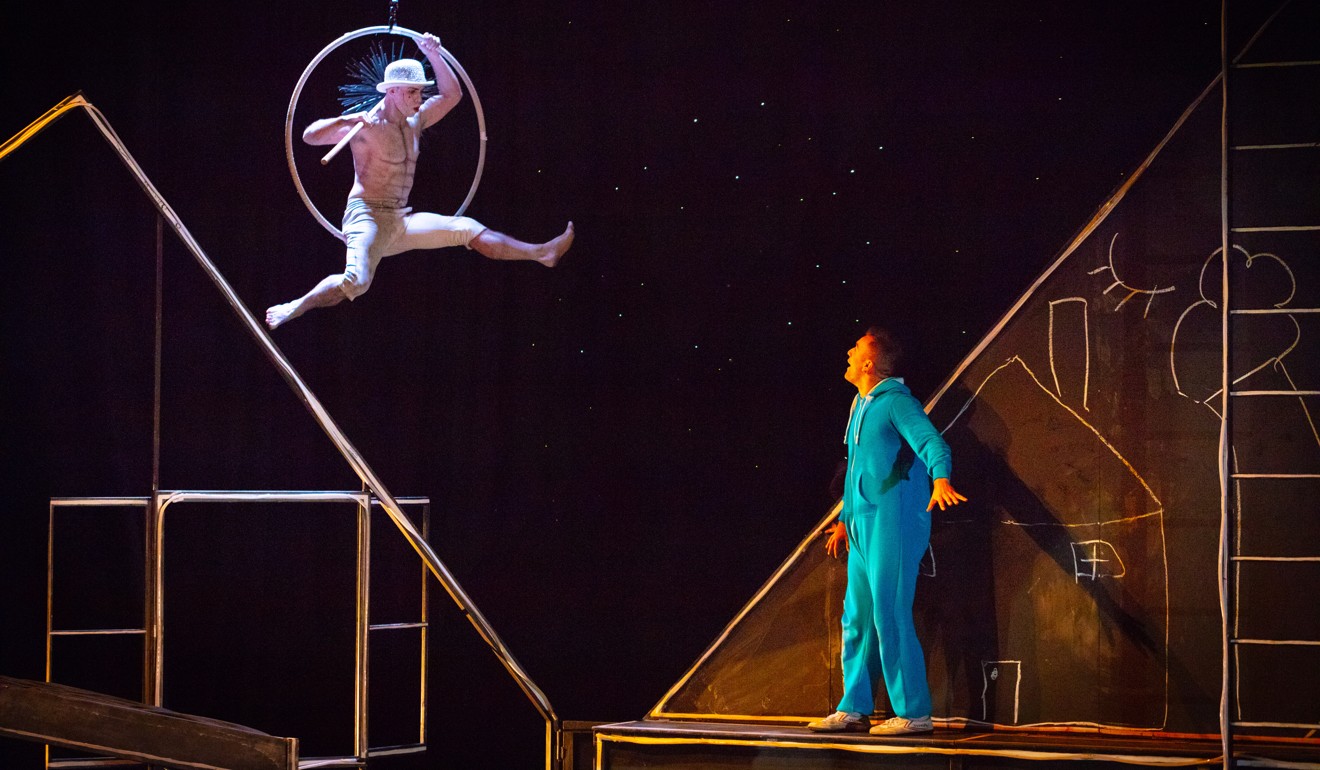
Yet as a general guide, by the time children are at the middle childhood stage – about five years old – previously compartmentalised concepts are usually expanded by a basic sense of interconnectedness, Lee says.
“All-or-nothing thinking continues, but thinking in opposites is now possible, such as up versus down and big versus small,” she says.
“Opposites are observed within descriptions of self and others; ‘good’ and ‘bad’ are observed yet there is no possibility of the child being good and bad at the same time.”
There is also no integration of emotions, such as happy and sad, but they can weave together two emotions such as happy and excited, she says.
While children at this age begin to think symbolically and learn to use words and pictures to represent objects, they tend to be very egocentric and struggle to see things from the perspective of others or other cultures.
By late childhood (those aged eight to 12) the earlier egocentric thinking has been replaced by logical thinking, Lee says.
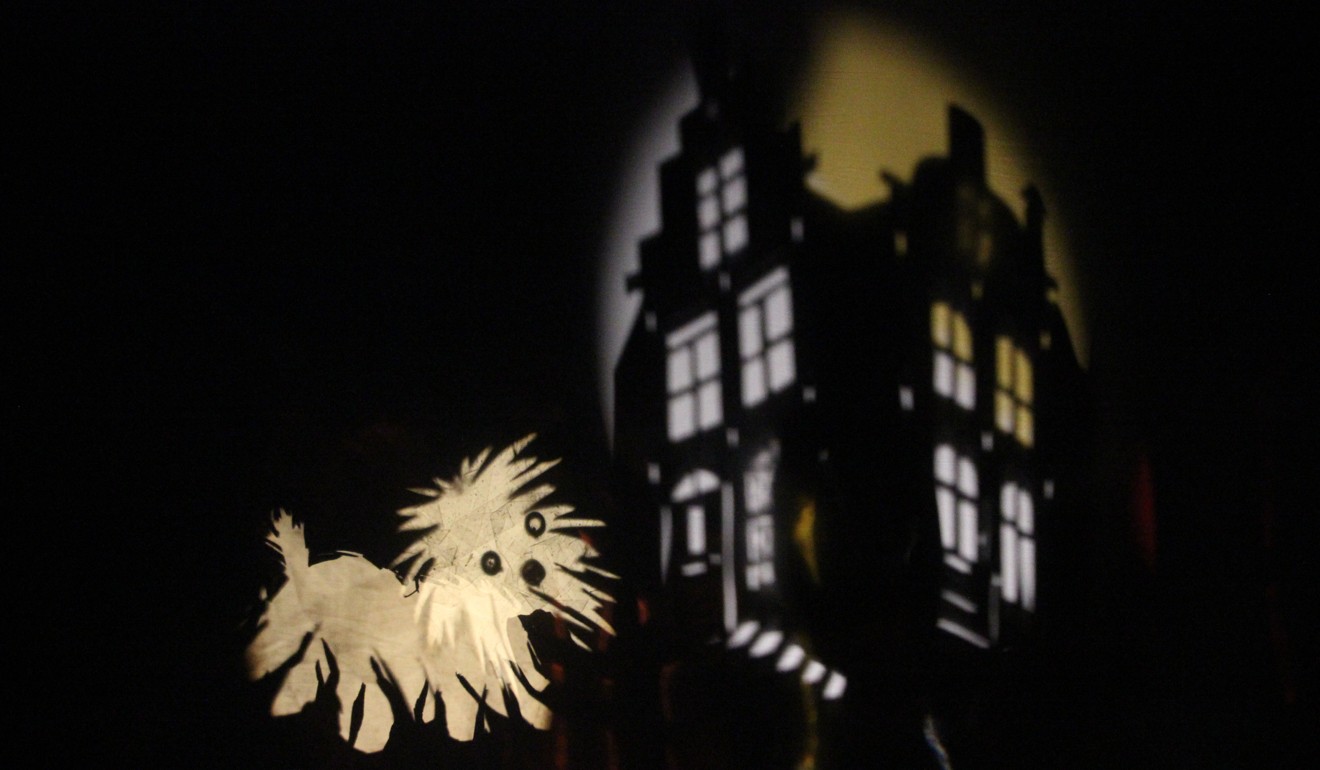
During this stage, there is a shift from solving problems by physically manipulating objects to being able to make use of mental perception.
This shift from action to thought involves an increase in basic reasoning processes.
“Children in this age group show an increase in flexible thinking and the ability to look at reality from multiple perspectives using multiple strategies,” Lee says.
“Hence, they are better at understanding other cultures.”
Early adolescence, which begins around the age of 12, is marked by the ability to think abstractly and to consider hypothetical situations and their potential meaning.
This development of logic is different from middle-to-late childhood development as it is no longer a trial-and-error approach; rather it is a systematic testing of opinions and use of hypothetical deductive reasoning.
“Their thinking is much more dependent on their previously formed perceptions of people, places and opinions,” Lee says.
“It’s also possible for early adolescents to think about the future and they are much better at what he [or she] can ‘be’ or ‘become’ in different cultural or environmental contexts.”
However, heightened self-focus and self-consciousness often means that this age group tends to think about themselves or their culture as unique and superior compared with others, she says.
Parents may benefit from keeping these general developmental stages in mind when entertaining and educating their children.